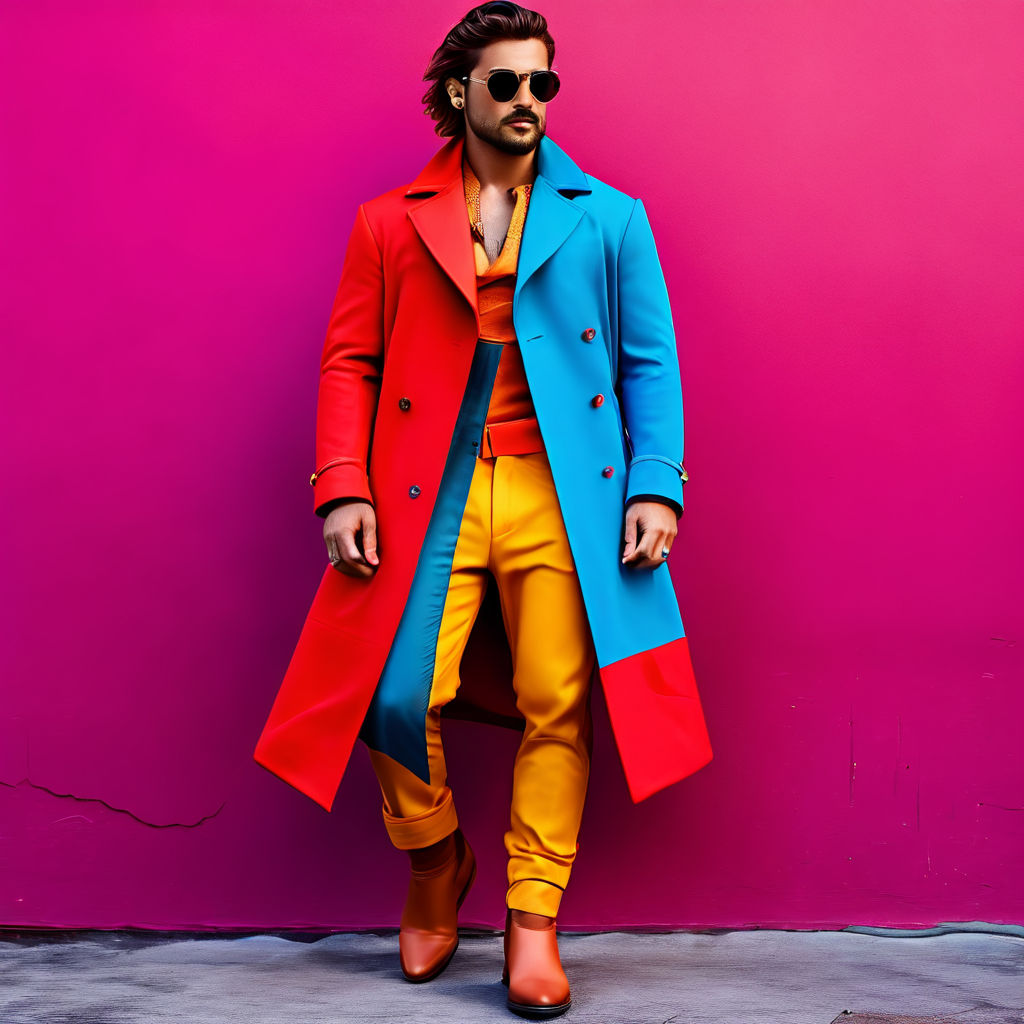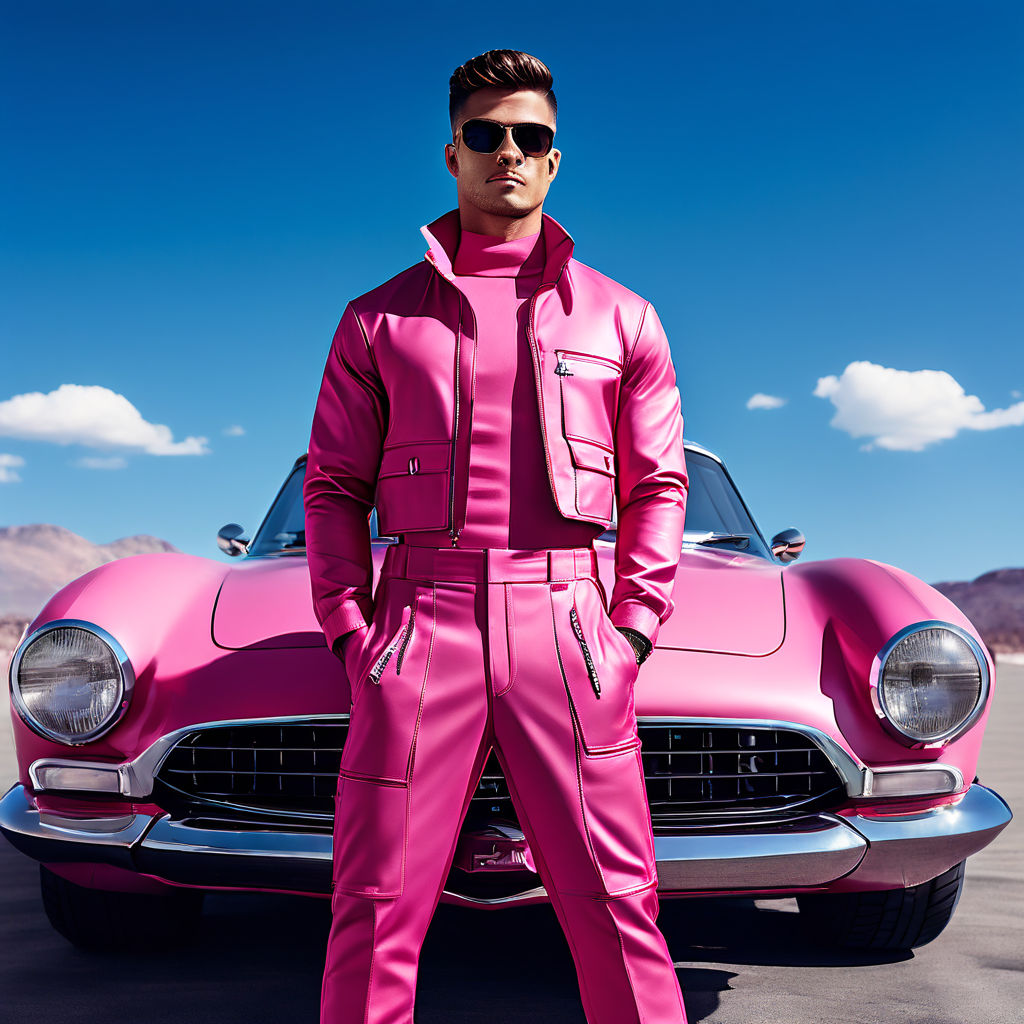The worlds of car design and fashion may seem distinct at first glance, but they share a profound connection that goes beyond aesthetics. Both industries revolve around style, innovation, and an acute understanding of cultural trends. Car design and fashion influence each other in myriad ways, reflecting the zeitgeist of their times and pushing the boundaries of creativity. In this article, we explore how automotive design intersects with fashion, highlighting iconic collaborations, mutual influences, and the shared pursuit of luxury and expression.
The Evolution of Automotive Aesthetics
Car design, much like fashion, evolves with cultural shifts and technological advancements. In the early 20th century, cars were largely utilitarian, but as they became more accessible, their design began to reflect broader societal changes. The sleek, aerodynamic lines of the 1930s and 1940s cars paralleled the streamlined silhouettes in fashion, emphasizing speed and modernity. Post-war optimism in the 1950s brought about bold, extravagant car designs with flashy chrome details, akin to the glamorous, full-skirted dresses and sharp suits of the era.
Iconic Collaborations
Some of the most memorable moments in automotive history have come from collaborations with fashion designers. These partnerships often result in cars that are not only functional but also works of art.
Gucci and Fiat 500: In 2011, Gucci collaborated with Fiat to create a special edition of the Fiat 500. The car featured Gucci’s iconic green-red-green stripe, luxurious leather interiors, and bespoke wheels. This collaboration blended Italian craftsmanship and style, appealing to both car enthusiasts and fashionistas.
Versace and Lamborghini: Versace teamed up with Lamborghini to design the Lamborghini Murciélago LP640 Roadster Versace in 2006. The car showcased Versace’s signature Greek key motif on the seats, doors, and even the luggage set, merging high fashion with high performance.
Hermès and Bugatti Veyron: The Bugatti Veyron Fbg par Hermès, introduced in 2008, epitomized luxury. Hermès brought its expertise in leather craftsmanship to the car’s interior, with custom leather seats and detailing that exuded sophistication and exclusivity.Mutual Influences
Fashion and car design continually influence each other, borrowing elements to create cohesive and captivating aesthetics.
Color Trends: The color palettes in car design often mirror those in fashion. For instance, the resurgence of pastel colors in fashion has seen a parallel in the popularity of pastel shades for car exteriors. Similarly, bold, metallic finishes in car paint jobs reflect trends in fashion, where metallic fabrics and accessories are in vogue.
Materials and Textures: The use of innovative materials and textures in fashion inspires similar trends in automotive interiors. The adoption of sustainable and high-tech fabrics in fashion has influenced car manufacturers to incorporate eco-friendly and advanced materials in car interiors, offering both luxury and environmental responsibility.
Customization: Personalization is a major trend in both fashion and automotive industries. Just as consumers seek bespoke fashion items tailored to their style, car buyers increasingly desire custom features, from unique paint jobs to personalized interiors. Brands like Rolls-Royce and Bentley offer extensive customization options, allowing customers to design cars that reflect their personal taste.Shared Values of Innovation and Luxury
Both the automotive and fashion industries are driven by a relentless pursuit of innovation and luxury. High-end fashion and luxury cars often represent the pinnacle of design and craftsmanship.
Innovation: Both industries leverage cutting-edge technology to stay ahead. Fashion brands utilize 3D printing and smart fabrics, while car manufacturers integrate AI, autonomous driving, and electric powertrains. This drive for innovation ensures that both fashion and car design remain at the forefront of technological advancements.
Luxury: Luxury is a key intersection where car design and fashion meet. Whether it’s the supple leather seats of a premium car or the intricate embroidery on a couture gown, both fields celebrate meticulous attention to detail and superior quality. Brands like Louis Vuitton, Chanel, and Ferrari are synonymous with luxury, each offering products that symbolize status and refined taste.Conclusion
The interplay between car design and fashion is a fascinating dance of style, innovation, and cultural relevance. Both industries draw inspiration from each other, resulting in products that are not only functional but also deeply expressive. As they continue to evolve, the collaboration and mutual influence between automotive design and fashion will undoubtedly lead to even more groundbreaking and stylish creations. Whether through a Gucci-styled Fiat or a Hermès-adorned Bugatti, the fusion of these two worlds showcases the endless possibilities at the intersection of cars and couture.


